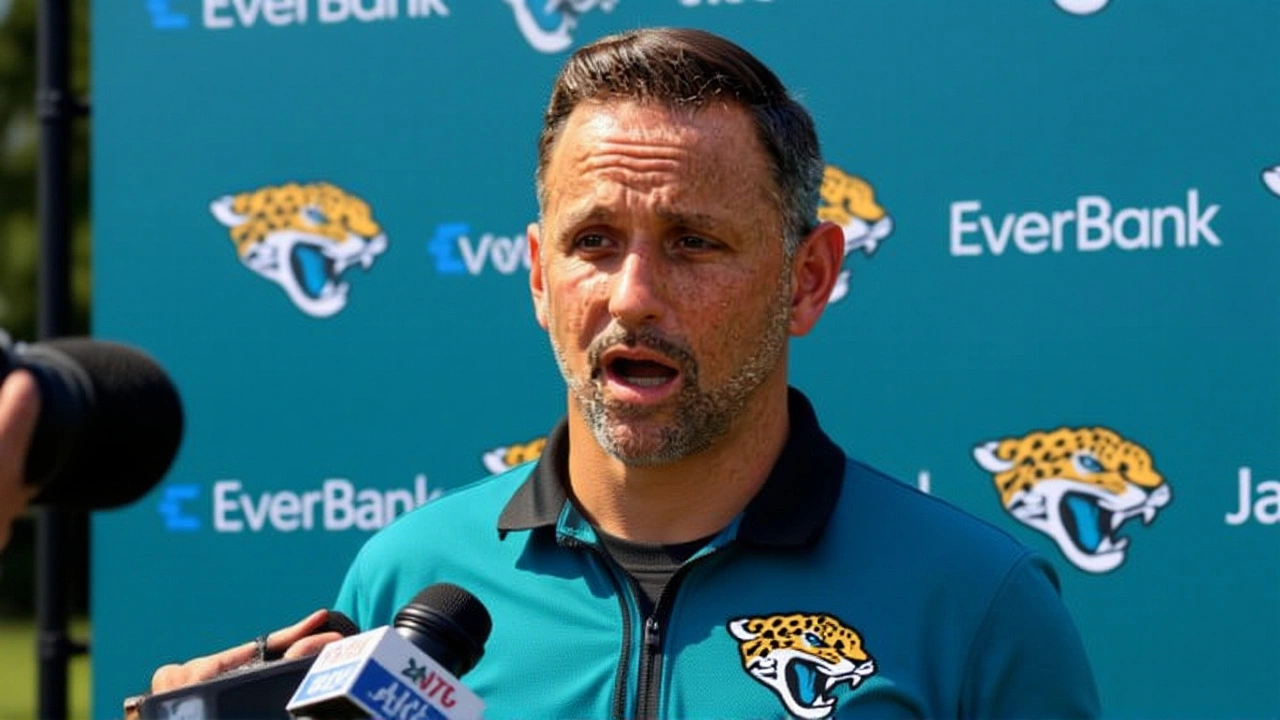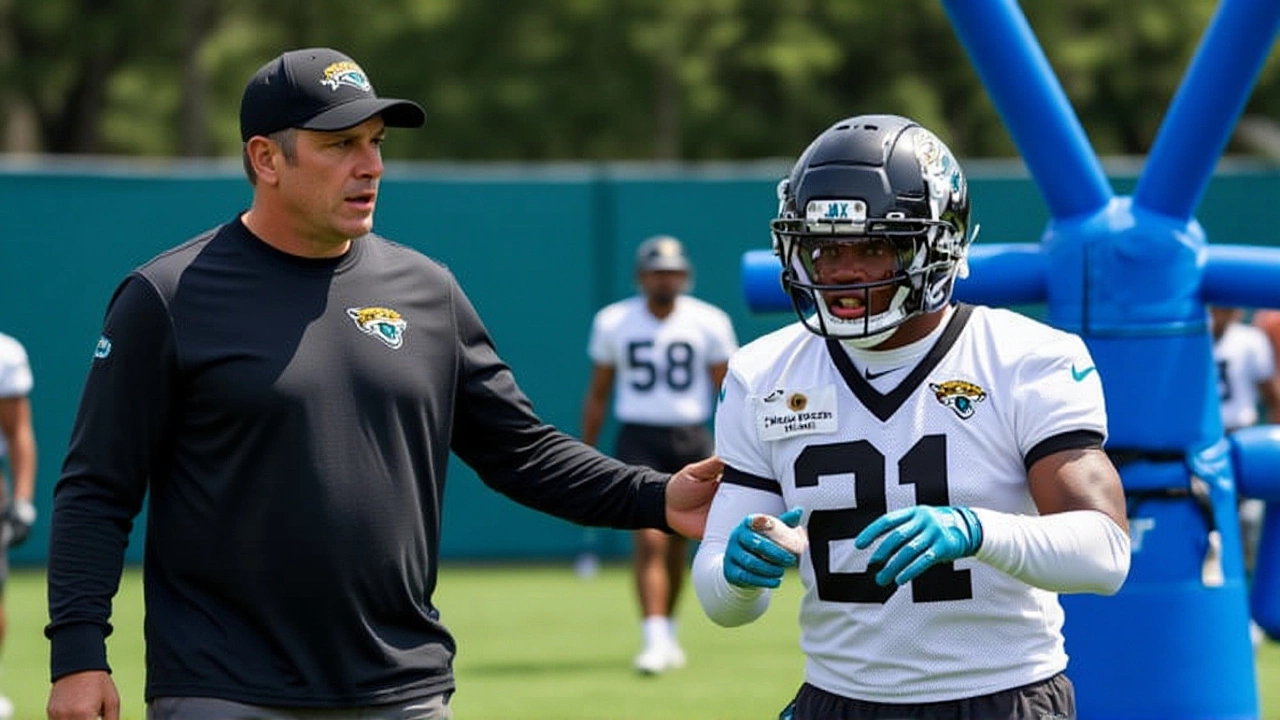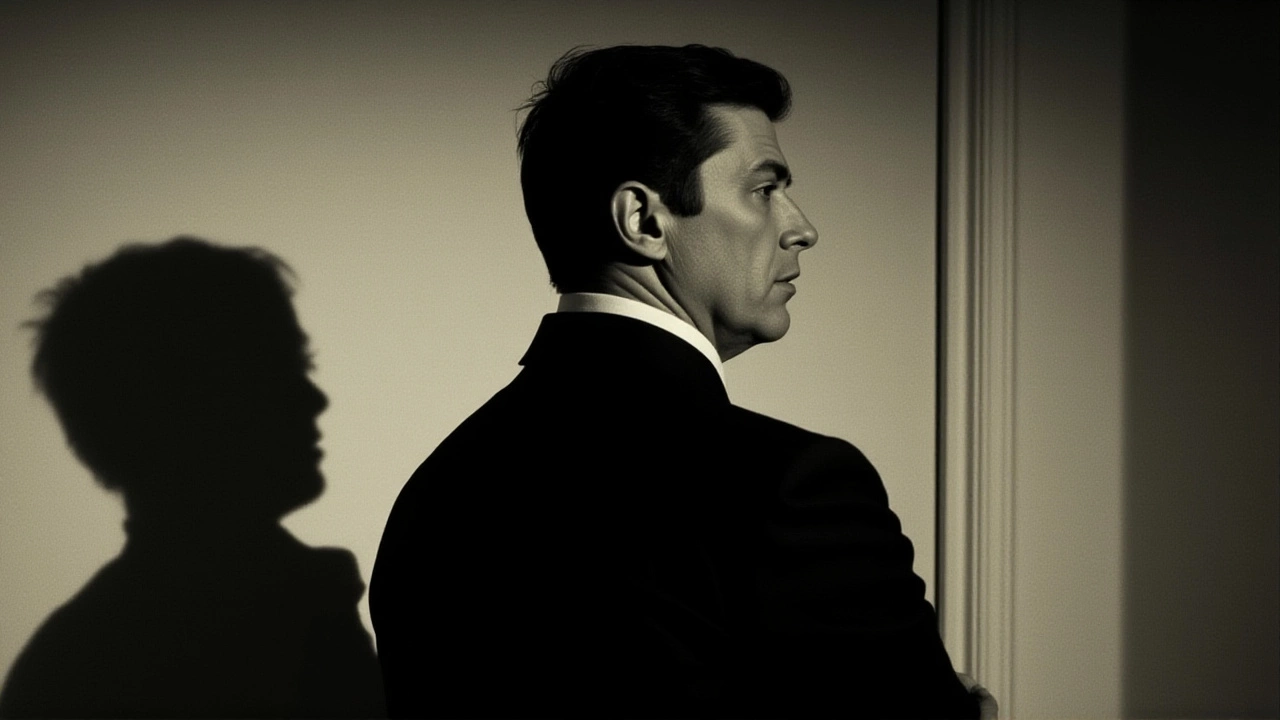When Anthony Perkins, the lanky star who terrified audiences as Norman Bates in Alfred Hitchcock’s Psycho, slipped away on September 12, 1992, the news hit Hollywood like a sudden blackout. He died at his Los Angeles home, surrounded by his wife Berry Berenson and their teenage sons, Osgood, 18, and Elvis, 16, according to family spokeswoman Leslee Dart. The cause? Complications from AIDS, a diagnosis he had kept private since 1990.
Early Life and Rise to Stardom
Born on April 4, 1932, in New York City, Anthony was the son of stage‑film actor Osgood Perkins and actress Janet Esselstyn. His father died when Anthony was five, leaving a legacy that pushed him toward the boards. He attended the Brooks School, the Browne & Nichols School, then briefly studied at Columbia University before taking his first screen role in The Actress (1953). A year later, he won acclaim on Broadway in Tea and Sympathy, setting the stage for a film career that would span more than 40 titles.
Breakthrough with Psycho and Hollywood Stardom
The pivotal moment arrived in 1960 when Hitchcock cast Perkins as the disturbed motel keeper Norman Bates. The role earned him lasting fame and cemented his place in cinema history. During the early 1960s he signed a seven‑year, semi‑exclusive contract with Paramount Pictures, the studio that billed him as its last matinee idol. He went from romantic pairings with Aurora‑era icons—Audrey Hepburn, Sophia Loren, Shirley MacLaine—to gritty dramas like Fear Strikes Out (1957) and Friendly Persuasion (1956), the latter earning him an Academy Award nomination for Best Supporting Actor and a Golden Globe for Best New Actor.
A Private Battle with AIDS
By the late 1980s Perkins had become one of Hollywood’s most private figures. In early 1990 he learned he was HIV‑positive, but he chose secrecy over publicity. Just weeks before his death, he drafted a personal statement that read, “I chose not to go public about having AIDS because … the problems of one old actor don’t amount to a hill of beans in this crazy world.” The words, read aloud by Leslee Dart on September 12, were laden with resignation and a hint of melancholy that many close friends said reflected his lifelong discomfort with the spotlight.
Medical details remain sparse; even his spokeswoman admitted she didn’t know how long he’d been ill or how he contracted the virus. What’s clear is that his health declined rapidly after 1990, prompting family and close friends to gather at his house during his final week. The actor passed peacefully, his family holding hands—a tender image that stood in stark contrast to the horror he once embodied on screen.

Family Tragedies and Legacy
The Perkins family would face another heartbreak nine years later. On September 11, 2001, Berry Berenson was aboard American Airlines Flight 11, the aircraft hijacked and flown into the North Tower of the World Trade Center. During the World Trade Center attacks, she perished, adding a tragic bookend to a family already marked by loss.
Perkins’ two sons, now adults, have largely stayed out of the public eye, though Osgood has occasionally spoken about his father’s artistic influence. The actor’s body of work—spanning horror, drama, and even occasional pop‑song ventures—continues to be studied in film schools. In 2000, the American Film Institute ranked Psycho as the 31st greatest American film, a testament to Perkins’ indelible imprint.
Cultural Impact and Memory
Beyond his on‑screen villainy, Perkins broke ground as an openly gay man in a time when Hollywood demanded conformity. He once claimed to have been exclusively homosexual until his late thirties, later undergoing so‑called “gay‑to‑straight” therapy—a painful chapter that resonates with today’s discussions about LGBTQ+ acceptance in the industry.
His directorial efforts, especially Psycho III (1986) and the lesser‑known Lucky Stiff (1988), show a creative mind that refused to be boxed. Critics now revisit his work, noting how his nuanced performances paved the way for later anti‑heroes.
Key Facts
- Born: April 4, 1932, New York City
- Died: September 12, 1992, Los Angeles, California
- Cause of death: Complications from AIDS
- Academy Award nomination: Best Supporting Actor, 1956 (Friendly Persuasion)
- Number of films: Over 40, including three Psycho sequels

Frequently Asked Questions
How did Anthony Perkins’ AIDS diagnosis become public?
Perkins never announced his illness while alive. The only public acknowledgment came after his death, when his spokesperson read a personal statement he had prepared weeks earlier, revealing his HIV status and his reasons for keeping it private.
What impact did Perkins’ death have on Hollywood’s view of AIDS?
His death, alongside other high‑profile AIDS losses in the early 1990s, helped push the industry toward greater awareness and advocacy, eventually leading to more open conversations and charitable efforts within the entertainment community.
Why is Norman Bates still considered one of cinema’s most iconic villains?
Perkins blended innocence with menace, creating a duality that made Bates both terrifying and oddly sympathetic. The character’s psychological depth, combined with Hitchcock’s direction, set a new standard for horror antagonists.
How did Berry Berenson’s death intersect with Perkins’ legacy?
Berenson’s tragic loss on September 11, 2001, reinforced the public’s remembrance of Perkins, linking two personal tragedies with national events. It also underscored the family’s enduring presence in American cultural memory.
What were some of Perkins’ lesser‑known artistic pursuits?
Beyond acting, he dabbled in pop singing, songwriting, and screenwriting. He co‑wrote the mystery thriller The Last of Sheila (1973) and directed two of his own Psycho sequels, showcasing a versatile, if under‑appreciated, creative drive.




